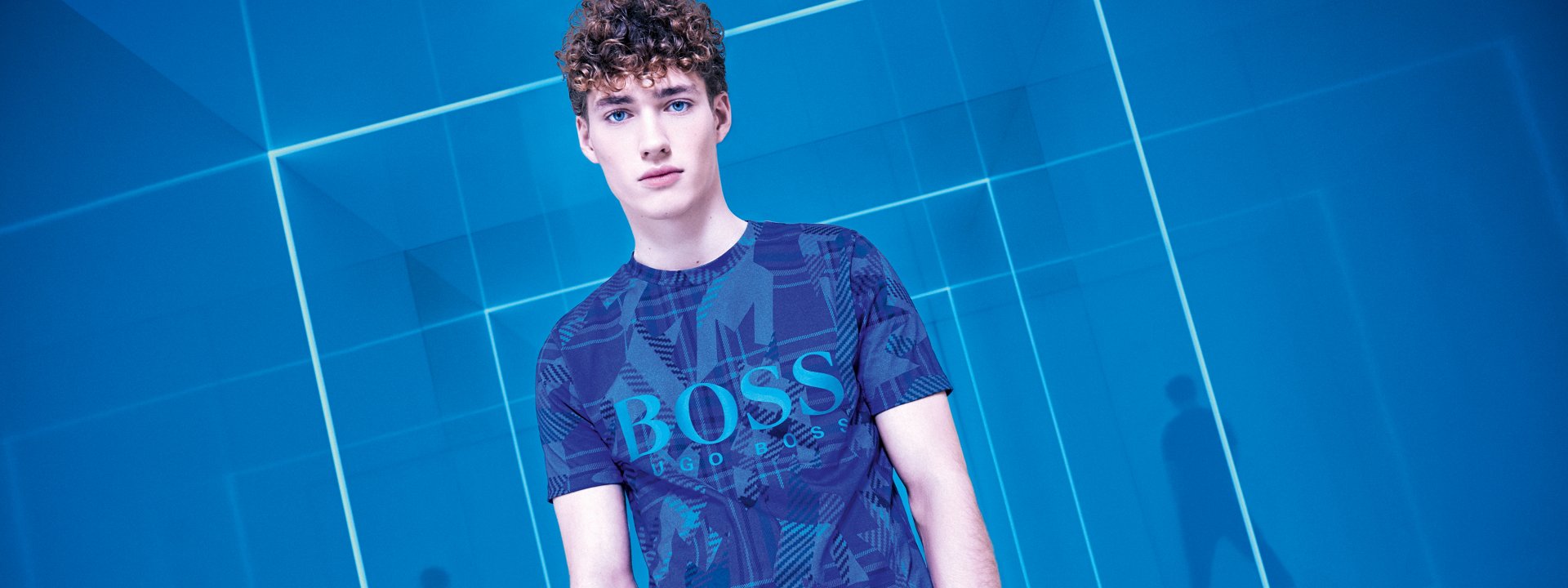

Is the future of fashion design purely digital? We talk to BOSS designer Tina Rolefs about her passion for pushing the boundaries of her profession to create something new. Tina reveals how she went from discovering the concept of AI Art to launching a whole capsule collection based around this concept in just four months.


-
What was the inspiration behind the collection?In 2018 we were at the Next Conference in Hamburg. People from different sectors came together to discuss the subject of digitalisation. The speakers included an artist who creates 'Artificial Intelligence Art' and described the process. AI Art is art that is generated through algorithms. This was the inspiration behind it. After some research it became clear to me: we should generate our own pattern with an algorithm.
-
How was the pattern finally created?I worked meticulously with our 3D artists for months on the concept. Using an algorithm, our pattern finally came from a classic check and a houndstooth pattern. To create a collection from this pattern we had to generate a so-called rapport. This also took quite a long time. Then, together with the e-commerce team we decided on the relevant product groups that would feature the signature pattern, and decided to focus on jersey: from jersey pants, to polos, T-shirts, and sweaters. You can also find the algorithm script on the styles as a print, e. g. on the inner layer.
-
What trends do you see in the fashion industry in the future?Digitalisation is and remains a big trend, which has already been embraced by HUGO BOSS. I also believe that algorithms will be increasingly used in the future. We can respond to customer needs better and faster thanks to 'big data'. Within a few years I think garments will be created using 3D printers. However, the classic design part will still remain. Future technologies will hopefully replace fast fashion as sustainability becomes ever more important. Our roles will change drastically in the years ahead. It is all very exciting.
-
What were the challenges in bringing the collection to life?
The biggest challenge was generating the pattern. In the end we only had four months for the whole collection – and generating the pattern alone took around one and a half months.
-
What drives you at work?
My passion for fashion drives me. I have always had this. It is almost an obsession. The classic line, which is probably spouted by every designer at a job interview, totally applies to me: “As a little girl I was already sewing dresses for my dolls.” I believe you realise very early on whether or not you have this passion.